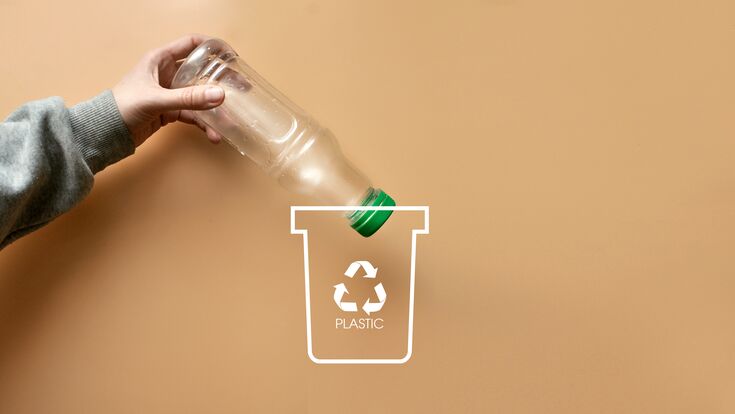Advanced Recycling : The worldwide Plastic-to-Fuel Industry is expected to reach $1.8 billion by 2026

According to the recently published "Plastic-to-Fuel (PTF) Market - Global Industry Analysis (2018 - 2020) - Growth Trends and Market Forecast (2021 - 2026)" report the global plastic-to-fuel (PTF) market was valued at US$900.3 Mn in
2020 and is anticipated to be worth US$1,884.3 Mn in 2026, registering a
CAGR of 13.8% during the forecast period.
Companies Mentioned
- Alterra Energy
- Brightmark
- Rudra Environmental Solutions
- Needa Green Energy
- Plastic2Oil
- MK Aromatics
- Agilyx
- Klean Industries Inc.
- Global Renewable
- Johnson Matthey
- RESYNERGI
- Nexus
- Peel L&P Holdings (UK) Limited
- Cynar Plc
The intensifying recycling initiatives are expected to drive the market as plastic-to-fuel technologies are based on the recovery of clean energy from plastic waste.
Globally, more than 375 million metric tons of plastic were produced. Around 8% of the oil produced in the world is utilized to manufacture plastic.
At a global level, more than 90% of plastic are still not recycled and are dumped, landfilled, or simply drained in the ocean. Thereby, only 10% of waste plastics have been collected and recycled.
Non-recyclable plastics usually land up in landfill facilities. Thus, plastic-to-fuel technologies can recover energy from non-recyclable plastics and thus, minimize excess landfilling on non-recyclable plastics in landfill sites. Along with marketable products such as diesel, gasoline, etc., plastics-to-fuel technologies offer the opportunity to reduce greenhouse gas emissions by up to 60%-70% over new forms of crude oil extraction.
Europe is the world leader in terms of active plastic-to-fuel facilities. In 2020, Europe accounted for the major share of the global market and has plans to add more than 12 new PTF facilities in U.K. in the next few years.
The current COVID-19 pandemic has impacted the global plastic-to-fuel market in terms of delays in funding and procurement of raw material i.e. plastic waste. The sudden halt in operation, delay in plant maintenance, and unavailability of raw material resulted in the temporary shut-down of several facilities across the globe.
A few active players such as Vadxx Energy, RES Polyflow, etc. in the global plastic-to-fuel market were either liquidated/bankrupt/sold existing PTF facilities/or acquired by new players.
Pyrolysis has an Edge Over Other Technologies in Plastic-to-Fuel (PTF) Market
Pyrolysis is the most popularly used technique for the conversion of plastics to fuel. Easy availability of equipment parts and maintenance vendors has been critical to the overall market as it prevents delays in operations. Pyrolysis refers to thermal decomposition, occurring at 400 to 500C in the absence of oxygen.
This technique allows the treated plastic feedstock to be transferred into the pyrolysis reactor through a plug or feed screw. This makes sure that oxygen is excluded. Pyrolysis enables the derivation of gas, liquid and solid.
Europe to Remain Dominant as Plastic-to-Fuel Technologies Tackle Landfill Issues
Geographically, Europe is expected to pave the way in the global plastic-to-fuel market between the forecast years of 2021 and 2025. Ban on plastic waste entering landfills across Europe is expected to encourage the uptake of plastic-to-fuel technologies. As of 2016, about 10 countries have banned the dumping of plastic in landfills. This has allowed improved plastic recovery and recycling across the region. Meanwhile, North America too is expected to make a positive impact on the global plastic-to-fuel market as the U.S. plans to add more PTF facilities in the coming five years.
